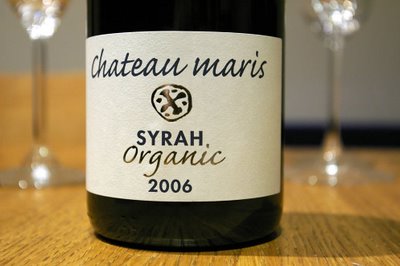
After an exhausting Wednesday, I decided to take things a bit easier today, day 4 of my freelance existence. I began by taking younger son to school and then walking RTL in Bushey Park, where she spent about 25 minutes in the water trying to eat assorted wildfowl (fortunately, with little success). I was standing helplessly at the side, calling her name in vain and generally feeling rather embarassed that I'm such a rubbish dog owner. 'There's no such thing as bad dogs', all the guidebooks on dog behaviour say, 'just bad owners'.
Then I set about my work, dealing with emails, doing some tinkering with the website, making some phonecalls, typing up some notes. Lunch was a brief affair, and I returned to work, pausing to do the afternoon dog walk, and then finishing about 5.30. I took a few breaks to play some guitar and make some coffee. The day passed pretty quickly.
This evening I hopped off to younger son's parent's evening. He loves his current teacher, a dude into his technology who uses an iPhone. I was very impressed by him, too - it's so nice when your kids are being taught well. Teachers have a great deal of power to influence their pupils, and I still remember the good (and not so good) teachers I had when I was at school. [As an aside, I almost became a teacher: when I was finishing my first degree I was going out with a medic in Leicester, and I had an interview to study teacher training in Leicester so I could be close to her. But then I realized it wasn't for me, and that she wasn't for me. Life would have been very different if I'd taken that particular fork in the road.]
After this I drove into central London to pick up the last of my stuff from the office. On the way I listened to Radio 4. I must be a sad old git, because it was actually very entertaining. I caught a program on science, and then a repeat of Melvyn Bragg's 'In our time'. A bit nerdy and geeky, but the sort of thing you listen to, learn a bit, and feel better for it. I also listened to the Sat Nav. My friend Rob has a sexy female voice on his Sat Nav, but I have a rather stern sounding bloke. It's the default voice, I think. Or it's the one Fiona has chosen.
Tonight I'm trying an organic red from the Languedoc's Minervois region, which has just been listed by
Waitrose at £7.99 in store. It's one of those wines that I like, but I don't love. Does that make sense?
Chateau Maris 'Syrah Organic' 2006 Minervois, Languedoc
An intensely coloured wine made with grapes grown organically 'according to biodynamic principles' (which presumably means it is not certified biodynamic), weighing in at a heady 14.5% alcohol. The nose is a little shy, with some spicy minerality, a bit of alcohol, and fresh dark fruits. The palate shows vivid, pure red and black fruit with some rather grippy, peppery, spicy tannic structure and a drying, earthy finish. I like the way the fruit has been captured here: it's a vivid, fresh sort of wine. But the hot, slightly bitter alcohol does make its presence felt, too, and the fruit isn't rich enough to cope with the grippy tannins. 87/100 (£7.99 Waitrose)
Labels: Languedoc, organics, ramblings
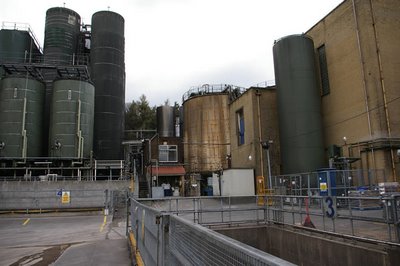 Spent an interesting day down at the Gaymer Cider Company in Shepton Mallet, Somerset. The goal was to learn a bit more about cider. Now cider isn't wine, but it does have quite a lot in common with it. For a start, there are different varieties of cider apple, and the same variety grown in different places will produce ciders that taste different. Cider can be made in lots of different ways, but at its simplest, it is the juice of crushed apples that is then fermented to dryness by yeasts.
Spent an interesting day down at the Gaymer Cider Company in Shepton Mallet, Somerset. The goal was to learn a bit more about cider. Now cider isn't wine, but it does have quite a lot in common with it. For a start, there are different varieties of cider apple, and the same variety grown in different places will produce ciders that taste different. Cider can be made in lots of different ways, but at its simplest, it is the juice of crushed apples that is then fermented to dryness by yeasts.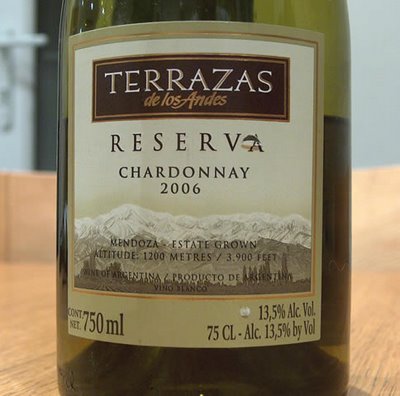
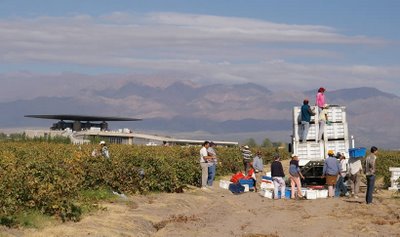
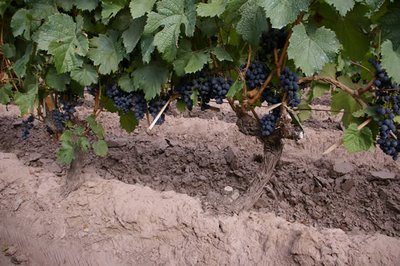
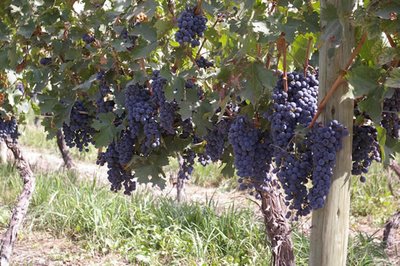
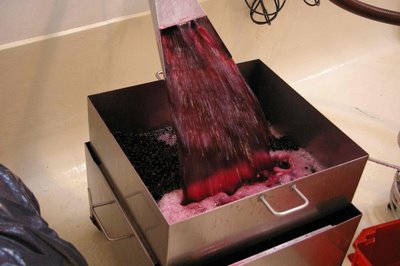

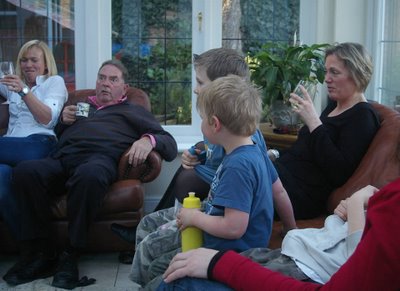
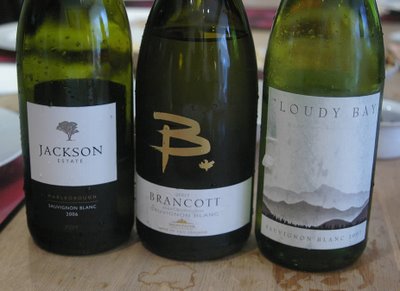
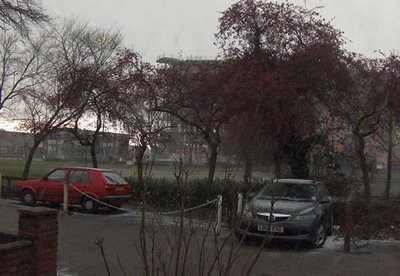
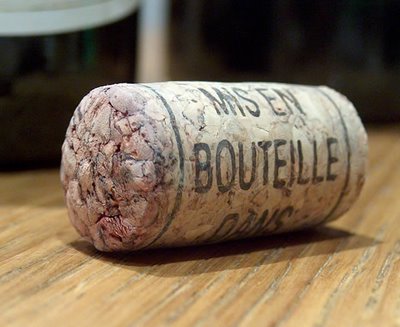 Just a note on the evil cork (pictured above). It was sealing one of the Languedoc wines, a £2.99 AOC Minervois from Lidl. Now this Lidl wine was actually relatively sound and drinkable, but for a subtle streak of mustiness which I assume is TCA and its related compounds. In other words, cork taint. If you mash up bits of cork and stick them together, there's a very high chance that you end up with low level taint in almost all of them. If, say, one in 20 or one in 30 corks is tainted to above-threshold levels with TCA, then imagine the effect of dispersing this taint among all your corks. It's just a barmy decision to use cheap agglos like this, especially now there are many alternatives at a similar sort of price. Utterly evil.
Just a note on the evil cork (pictured above). It was sealing one of the Languedoc wines, a £2.99 AOC Minervois from Lidl. Now this Lidl wine was actually relatively sound and drinkable, but for a subtle streak of mustiness which I assume is TCA and its related compounds. In other words, cork taint. If you mash up bits of cork and stick them together, there's a very high chance that you end up with low level taint in almost all of them. If, say, one in 20 or one in 30 corks is tainted to above-threshold levels with TCA, then imagine the effect of dispersing this taint among all your corks. It's just a barmy decision to use cheap agglos like this, especially now there are many alternatives at a similar sort of price. Utterly evil.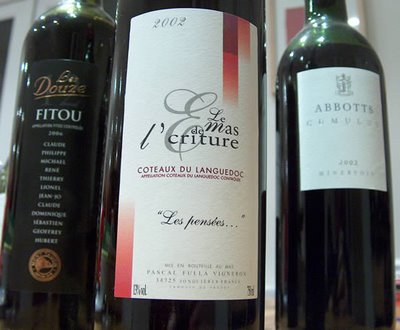 Anyway, a mixed sort of bag of Languedoc/Roussillon reds on show tonight (partly because of a dodgy vintage, 2002, in the mix), although my enthusiasm for the two neighbouring regions continues. Here are my notes.
Anyway, a mixed sort of bag of Languedoc/Roussillon reds on show tonight (partly because of a dodgy vintage, 2002, in the mix), although my enthusiasm for the two neighbouring regions continues. Here are my notes.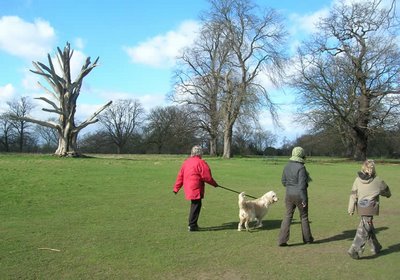
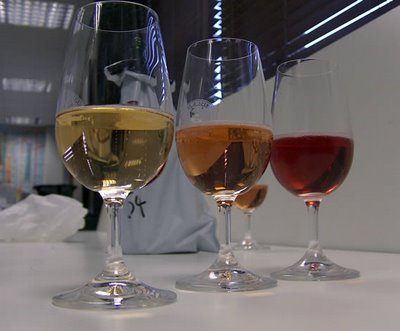
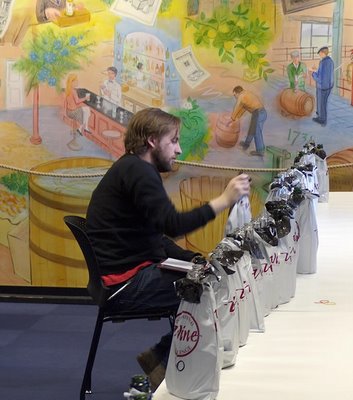
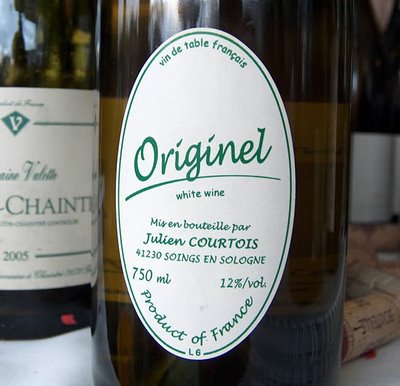
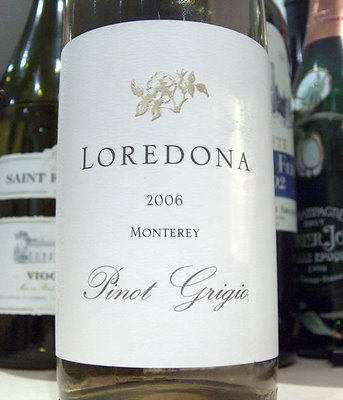
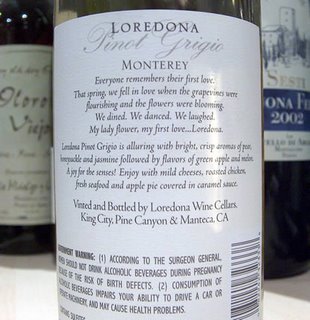
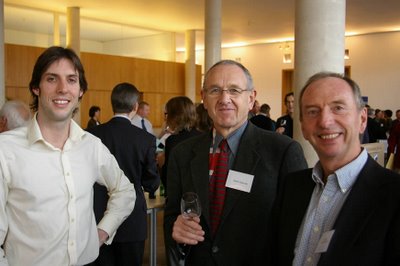
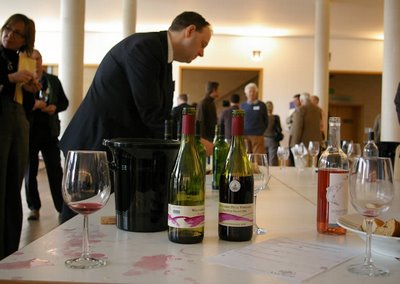 We then had a presentation by David Clark, an ex-motor racing engineer (Williams F1 team) who spent a year at enology school in Burgundy and then bought a vineyard there. He gave a solid presentation on viticulture and winemaking in Burgundy, although (and this isn’t meant as a criticism) I was left wanting to hear a bit more about his own experience. What’s interesting about David’s venture is that he’s started with rather humble vineyards, which he manages as if they were much more serious vineyards. For example, his Bourgogne Pinot Noir vineyard is cropped at Grand Cru levels (35 hl/ha, but remember there are 9000-13 000 vines/hectare here) as opposed to the normal 80 hl/ha. His wines are carried by
We then had a presentation by David Clark, an ex-motor racing engineer (Williams F1 team) who spent a year at enology school in Burgundy and then bought a vineyard there. He gave a solid presentation on viticulture and winemaking in Burgundy, although (and this isn’t meant as a criticism) I was left wanting to hear a bit more about his own experience. What’s interesting about David’s venture is that he’s started with rather humble vineyards, which he manages as if they were much more serious vineyards. For example, his Bourgogne Pinot Noir vineyard is cropped at Grand Cru levels (35 hl/ha, but remember there are 9000-13 000 vines/hectare here) as opposed to the normal 80 hl/ha. His wines are carried by 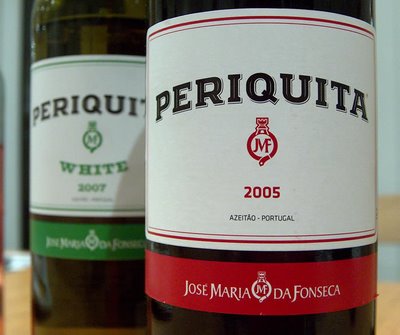


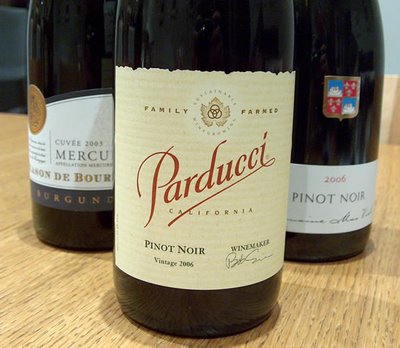
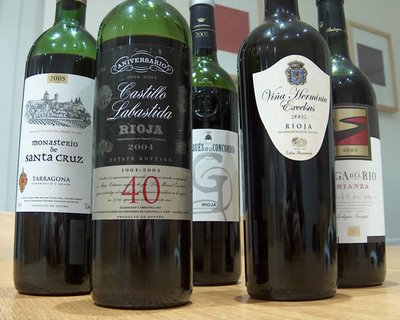
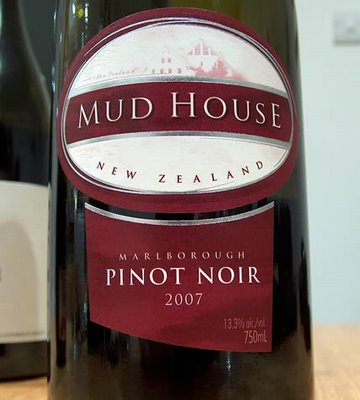
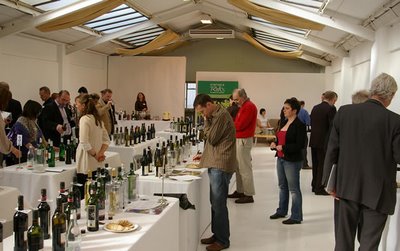
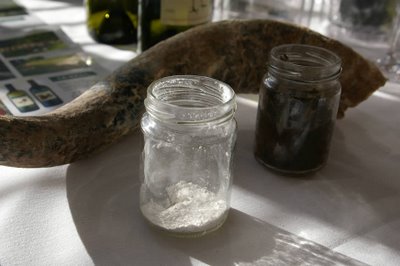


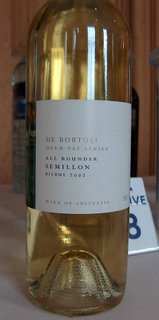
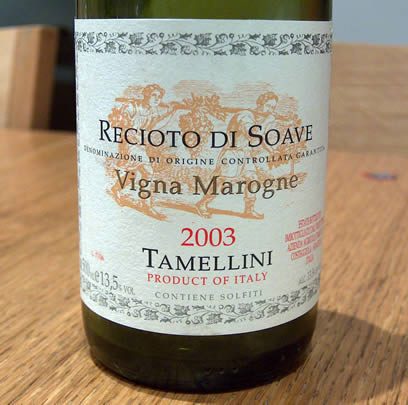
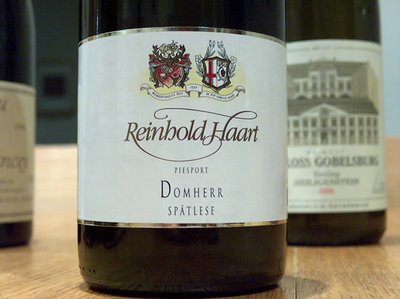
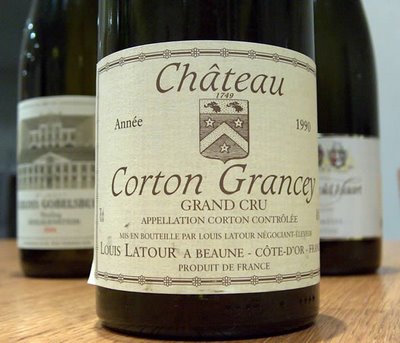
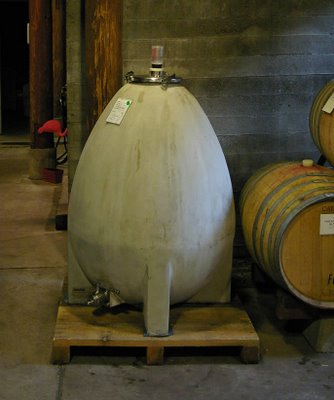
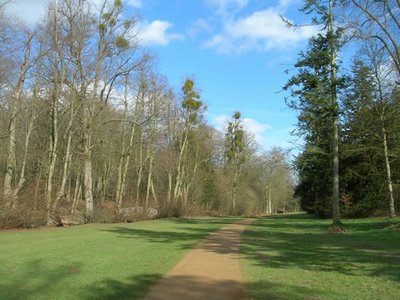

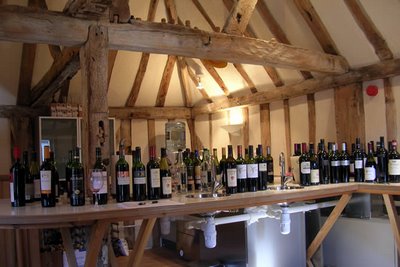
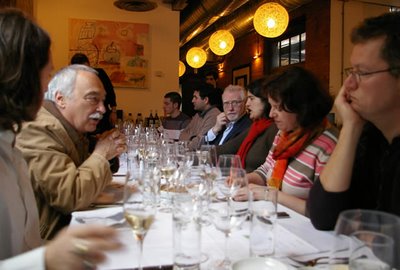
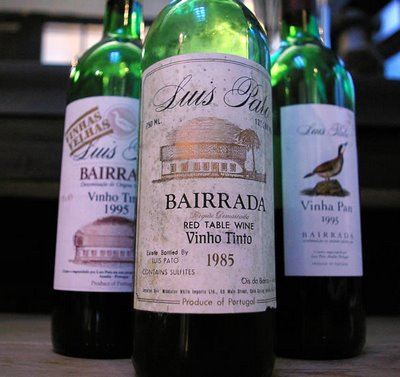 We were treated to some older wines. By way of almost bizarre coincidence, one of the three older wines on show was a bottle I'd recently opened for Portuguese journalist Luis Antunes when he came to dinner (the
We were treated to some older wines. By way of almost bizarre coincidence, one of the three older wines on show was a bottle I'd recently opened for Portuguese journalist Luis Antunes when he came to dinner (the  Apparently you can still buy vineyards in Bairrada for between 125 and 400 Euros per square metre. Tasting these wines makes me think this might be a gamble worth taking. Luis reckons Bairrada is best for sparkling wines, whites, and high-end red wines. With a quality minded approach, you could make some great ageworthy reds here that combine elegance and power to good effect - think Nebbiolo from the great Piedmont terroirs, and you have an idea of what Baga at its best can achieve.
Apparently you can still buy vineyards in Bairrada for between 125 and 400 Euros per square metre. Tasting these wines makes me think this might be a gamble worth taking. Luis reckons Bairrada is best for sparkling wines, whites, and high-end red wines. With a quality minded approach, you could make some great ageworthy reds here that combine elegance and power to good effect - think Nebbiolo from the great Piedmont terroirs, and you have an idea of what Baga at its best can achieve. 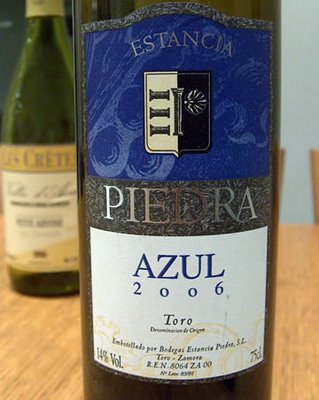
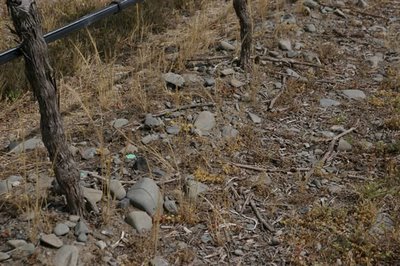
 The web log of wine journalist Jamie Goode. Feel free to nose around; your comments are welcome
The web log of wine journalist Jamie Goode. Feel free to nose around; your comments are welcome 
